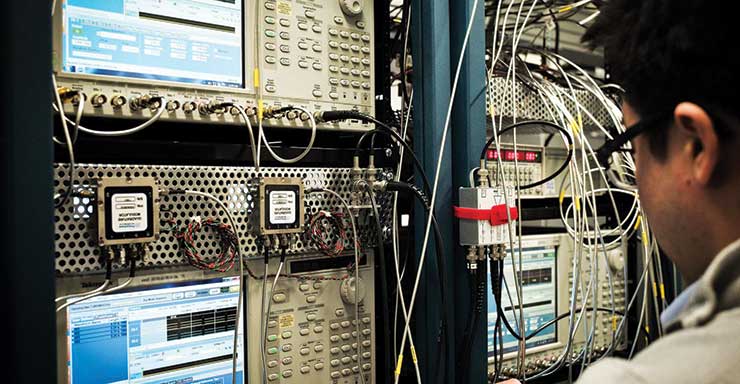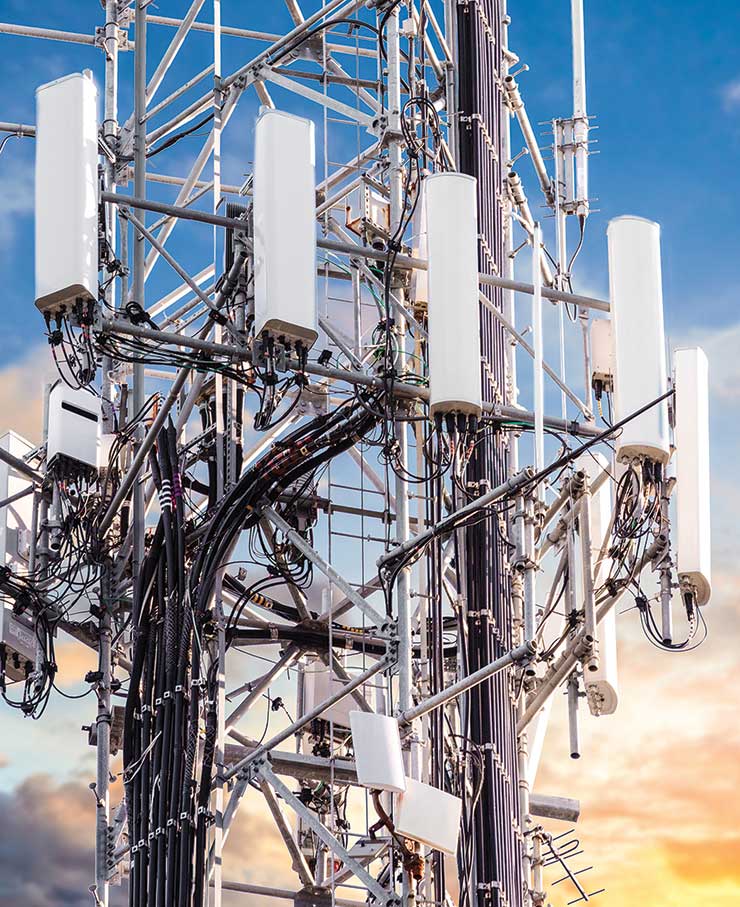
Why has the protection of Critical Infrastructure including national telecommunications networks – suddenly become a global issue? Several countries have consequently banned or restricted deployment of Chinese equipment in their networks through legislative and executive actions. In 2018 Australia adopted the Australian Telecommunications Sector Security Reforms (TSSR), explicitly alluding to enhanced security concerns over next generation 5G networks.
New Zealand too adopted its Telecommunications Interception Capability & Security Act (TICSA) and both countries banned/ restricted Chinese equipment in their networks. Even China adopted a National Cybersecurity Strategy emphasising protection of critical information infrastructure (CII) in 2016. No foreign company controls China’s telecommunications networks. The United States not only designated Telecommunications as one of its 16 Critical Infrastructure sectors, its May 2019 Executive Order banning procurement of telecom equipment from “adversaries” – enjoyed legislative sanction under the National Defence Authorisation Act.

The short answer to the question posed above of course is China. In the United States’ view, China’s meteoric techno-economic rise is due to what a White House report calls its Economic Aggression. China has indeed “weaponised” economic strategy. Its efficaciousness has been demonstrated by the decimation of our manufacturing sector detailed in a 2018 Parliamentary Standing Committee Report on the “Impact of Chinese Goods on Indian Industry”. This strategy has been implemented through its FDI, Overseas Direct Investment (ODI), APE (self-explanatory), Civil Military Integration (CMI) and Information Warfare (IW) policies.
Through a multi-pronged IW strategy, which permeates the military, civilian and psychological spheres, China has conducted extensive and well-documented cyber-espionage and cyber-attacks on economic assets world-wide. Countries have thus been forced to respond with drastic steps to stop the haemorrhaging of technological and military secrets by banning or restricting the induction of Chinese telecom equipment in their networks.
It is therefore not a coincidence that the focus of the pitched US-China trade-technology battle is Telecommunications. Huawei’s sales outside China have been declining as the Trade War begins to bite, with Chinese manufacturing and export indices declining. It explains why Huawei offered its 5G Technology stack for sale, albeit at a highly overvalued rate (Dr Richard Windsor CFA, Alastair Newton: “Reality Bites: Clash of the Titans”).
China’s all-round rise has been crucially enabled through market access – a fact that President Trump realises more than most and has acted upon. We have done the opposite by denying market access to our own firms. This is a national tragedy.
After all, Chinese IW publications make it clear that IW and Information Dominance lie at the core of Chinese military strategy. Painfully obviously, IW dominance is connected to control of Communications networks. But the Department of Telecom has allowed a Chinese takeover of India’s critical information & telecommunications networks and power grids. Various Government agencies even supported the induction of Chinese equipment for India’s 5G roll-out, overlooking the dangerous implications and new risk dimensions of having Chinese AI+5G coursing through the nation’s circulatory system. As the US and Australians have noted, 5G exponentially enhances security threats. We are told that even with 4G configuration, the Chinese are in a position to remotely shut down our grids. Ceding control over digitised industrial operations, power grids and critical infrastructure to what in effect is our “adversary” is a feat worthy of entry in the Guinness Book under the appropriate category.

Sabotaging Domestic Industry Part 1
Let us see what our strategic geniuses have been doing. The Information Technology Agreement-1 and the FTAs dealt a blow to the nascent ICT manufacturing industry. Today, we are negotiating entry into the RCEP, with the grand ambition of (1) joining Chinese-led manufacturing value chains in an era of decoupling and that too (2) at the lowest ends. Meanwhile China is not only directly exporting telecom products to India, it is re-routing them through RCEP members and relocating factories abroad to avoid US trade restrictions. As per preliminary calculations undertaken by young scholars from the Institute for Studies in Industrial Development – the RCEP and China within it accounted for the bulk of India’s total ICT imports in 2016-17. But there was a sharp drop in China’s share in 2018 even as Vietnam, Singapore and Hong Kong increased theirs. Clearly the Chinese are camouflaging their exports to India, as greater awareness of the damage unrestricted imports are doing to India’s telecom manufacturing dawns.

Sabotaging Indian Industry Part 2
We have already exposed the corruption within the telecom sector. Disincentivising domestic firms includes fixing tenders to favour multinationals and the Chinese, imposing unfair restrictions and expensive foreign certifications, withholding dues to Indian companies amounting to 100s of Rs. crores, and allowing Chinese predatory pricing and massive under bidding to win sensitive Government telecom tenders. Let us not mention the attendant destruction of domestic Indian companies, and the dreams of the people of India for a better future.
Meanwhile, world-class Indian Telecom and cybersecurity companies are either folding or being taken over by foreigners. An Indian company, Nivetti System has designed and developed Secure & Trustworthy Network Operating System that is designed ground-up for security and a portfolio of high-end IP/MPLS Routers. There are several horror stories of Indian firms whose high-tech products have beaten European, American, Israeli and other foreign companies but still been overlooked in favour of imports. India doesn’t seem to have graduated from its colonial overhang. Representatives of foreign firms are even invited to discussions by industry bodies on MHA task forces on internal security!
This is a national crisis. India must nurture its high-tech manufacturing sector cum R&D ecosystem which generates maximum multipliers and contributes to high-value exports, domestic value creation and jobs. India must become a telecom manufacturing and export hub.
– The author is a former Ambassador to Switzerland and Founder & Chairperson, SITARA (www.sitara.org.in)








